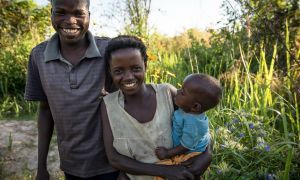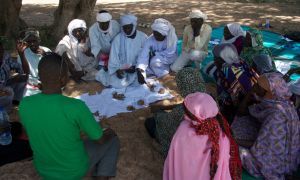
Read our 2023 annual report

Knowledge Hub
Conflict and Food Systems
In 2022, 139 million people across the world experienced crisis-level acute food insecurity due to conflict.
In partnership with Dublin City University and Harvard Humanitarian Initiative, Concern Worldwide researched the impact of conflict on various elements of the food system to identify those with the greatest influence on food and nutrition security systems.
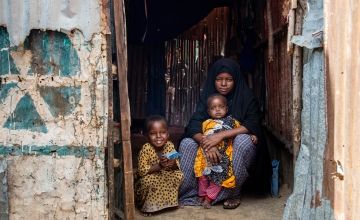
Overview
The 2022 Global Report on Food Crisis highlights conflict as the major driver of acute food insecurity, which forced approximately 139 million people into crisis-level acute food insecurity (IPC Phase 3 or worse) in 2021 (FSIN, 2022). The scale of this impact on households and communities, which is compounded by economic shocks and weather extremes, spans economic, political, social, and environmental activities, emphasising that conflict’s impacts should be considered through a food systems lens rather than the narrower outcomes of food and nutrition security alone.
The 2018 United Nations Security Council Resolution 2417 recognized the link between conflict and hunger, condemning the starving of civilians as a method of warfare and the unlawful denial of humanitarian access to civilian populations (UN Press, 2018).
Drawing on evidence from Somalia, Haiti and Sudan, this research systematically mapped components of local, national and international food systems; identified specific pressure points where conflict interacts with them; and proposed operational, policy and research actions tailored to supporting and strengthening food systems disrupted and transformed by conflict.
Methodology
The research had a mixed-methods design, employing a combination of secondary evidence mapping, qualitative consultations, and quantitative data gathering through surveys.
Together, the data generated was mapped in the form of Fuzzy Cognitive Maps (FCMs).
The Research Design took place in three stages.
1. A literature review to map existing research and evidence on conflict’s impacts on food systems globally.
2. Key informant interviews (KIIs) and focus group discussions (FGDs) to gather evidence on key factors and relationships in the case study contexts
3. Triangulation and verification of the qualitative data through surveys.
While the Data Analyses focused on three components:
1. Evidence Mapping.
2. FCM’s
3. Survey Data.
For further details on the methodology, please find the detailed report below.
Findings
In seeking to investigate the impact of conflict on various elements of the food system to identify those with the biggest influence on food and nutrition security amongst people experiencing extreme poverty, the research found that:
Haiti
In Haiti, conflict has a negative impact on the food system throughout the value chain from rural production to urban consumption by:
a) Severely compromising mobility due to insecurity, roadblocks, and taxation, handicapping the flow of goods and capital;
b) Negatively impacting women who play a vital role in the food system, especially Madan Saras, but also others, leading to less food availability and market activity; and,
c) Pushing food system actors into maladaptive coping strategies that degrade the local food system and incentivise food imports.
Somalia
In Somalia, conflict has a profoundly negative effect on the food system by:
a) Crippling illegal taxation and territorial control by armed actors;
b) Exploiting the lack of systematic supports to the local food system from the public and private sector;
c) Magnifying the destructive forces of climate change; and
d) Promoting maladaptive livelihood transformations that undermine the local food system and can disable their ability to recover.
Sudan
Lastly, in Sudan, conflict negatively impacts on the the food system by:
a) Disrupting access to natural resources (farmland, pastureland, firewood and water);
b) Disrupting access to markets (physical and financial); and
c) Limiting the integration of different markets (which is essential resilience mechanism for food systems).
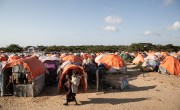
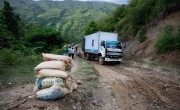
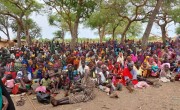
Recommendations
Based on these findings, the report makes six recommendations for those working to support and strengthen food systems:
Practitioners:
- Design targeted protection interventions that support vulnerable stakeholders in the food system.
- Target food system stakeholders for engagement in social cohesion activities.
- Support nutrition-sensitive activities in secondary and tertiary markets
Policy & Advocacy Makers:
- Pursue humanitarian assistance strategies that support local food systems and minimize negative externalities.
- Pursue protection agenda and associated advocacy around cumulative impacts of taxation and mobility barriers (e.g., roadblocks).
Researchers:
- Explore future research opportunities to further develop, deepen and operationalize the Fuzzy Cognitive Maps (FCM) analysis piloted within this research.
Download the resources
This research was funded by Irish Aid. The ideas, opinions and comments in this document are entirely the responsibility of its authors and do not necessarily represent or reflect Irish Aid policy.


